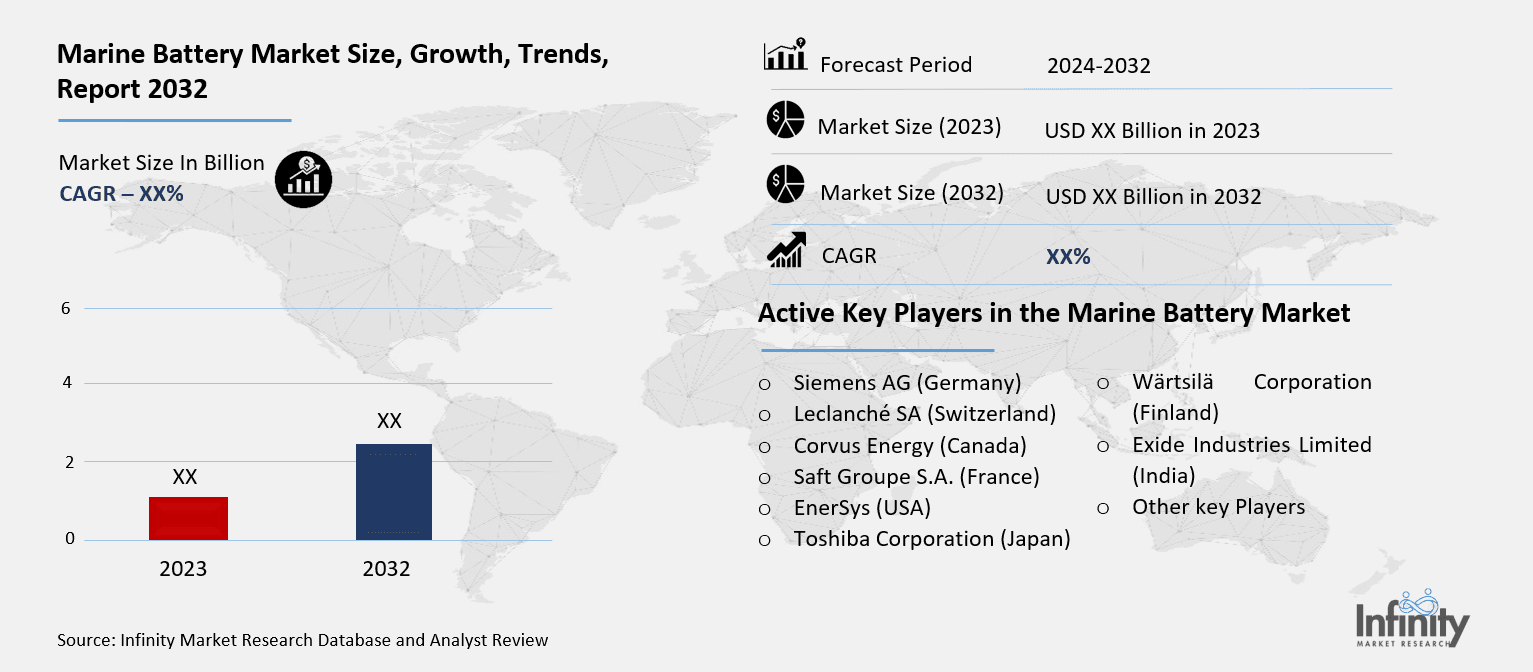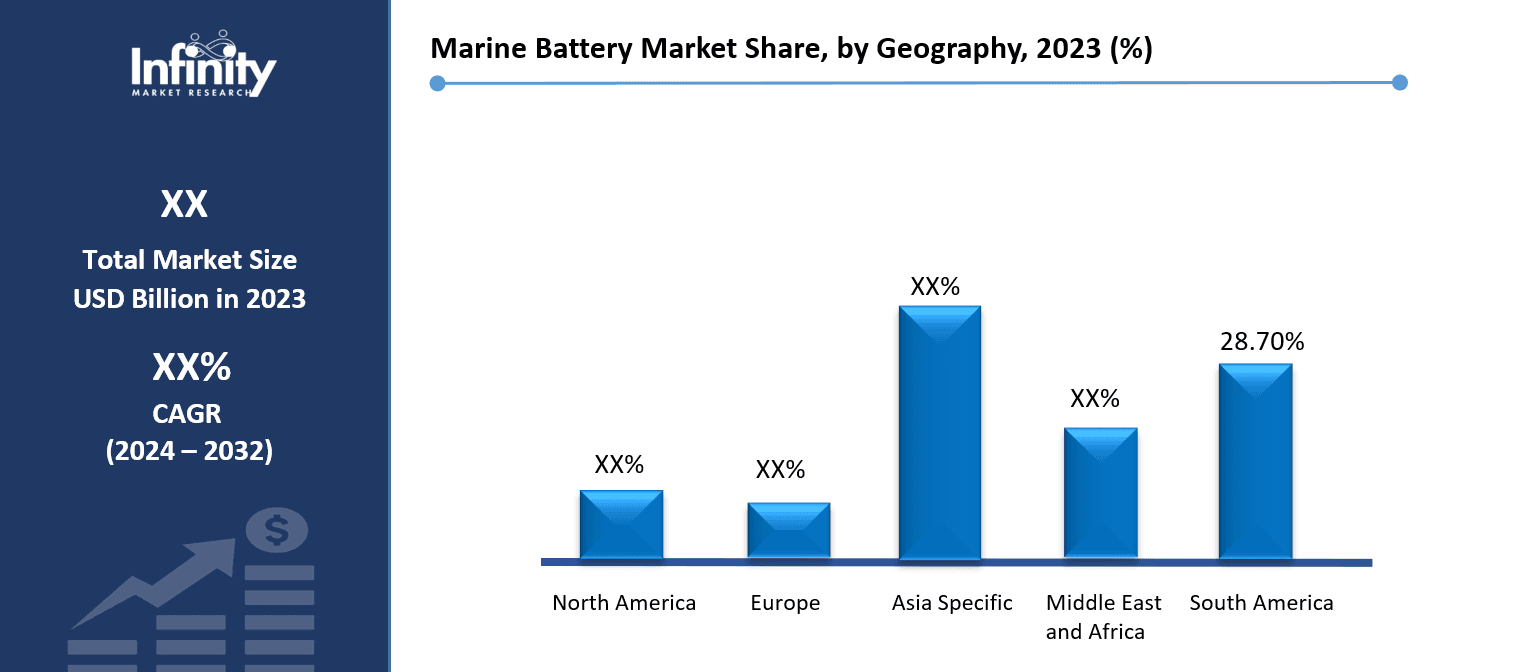
🔐 Secure Payment Guaranteed
Safe checkout with trusted global payment methods.
🌟 Why Choose Infinity Market Research?
At Infinity Market Research, we dont just deliver data — we deliver clarity, confidence, and competitive edge.
In a world driven by insights, we help businesses unlock the infinite potential of informed decisions.
Here why global brands, startups, and decision-makers choose us:
Industry-Centric Expertise
With deep domain knowledge across sectors — from healthcare and technology to manufacturing and consumer goods — our team delivers insights that matter.
Custom Research, Not Cookie-Cutter Reports
Every business is unique, and so are its challenges. Thats why we tailor our research to your specific goals, offering solutions that are actionable, relevant, and reliable.
Data You Can Trust
Our research methodology is rigorous, transparent, and validated at every step. We believe in delivering not just numbers, but numbers that drive real impact.
Client-Centric Approach
Your success is our priority. From first contact to final delivery, our team is responsive, collaborative, and committed to your goals — because you re more than a client; you re a partner.
Recent Reports
Global Myopia Control Lenses Market Report 2025-33
Hyaluronic Acid-based Dermal Fillers Market Report
Marine Battery Market
Marine Battery Market Global Industry Analysis and Forecast (2024-2032). By Battery Type (Lithium-ion Batteries, Lead-acid Batteries, Nickel-Cadmium Batteries, Fuel Cell Batteries) By Ship Type (Commercial Ships, Recreational Boats, Military Vessels, Others) By Propulsion Type (Hybrid Propulsion Systems. Combines traditional and battery power for efficiency, Fully Electric Propulsion Systems, Relies solely on batteries for propulsion) By Application (Propulsion, Direct powering of marine engines, Auxiliary Power, Supplying power to onboard systems and equipment) and Region
Mar 2025
Automotive Technology
Pages: 138
ID: IMR1849
Marine Battery Market Synopsis
Marine Battery Market acquired the significant revenue of XX Billion in 2023 and expected to be worth around USD XX Billion by 2032 with the CAGR of XX% during the forecast period of 2024 to 2032.
Rising acceptance of electric and hybrid propulsion solutions in the maritime sector is driving notable expansion in the market for marine batteries. Ship operators are switching to greener energy sources as growing environmental sustainability issues and strict laws targeted at lowering greenhouse gas emissions call for. Because of their high energy density, longer longevity, and less maintenance relative to conventional lead-acid batteries, marine batteries—especially lithium-ion variants—have become a favored choice. These developments are encouraging creativity in electric-powered boats including cargo ships, yachts, and ferries, hence driving demand for cutting-edge batteries.
Not only is major research and development investment helping the worldwide market to improve battery efficiency, safety, and cost-effectiveness. Technological developments addressing issues including energy storage capacity and operating safety in maritime applications are solid-state batteries and enhanced thermal management systems. By offering incentives and subsidies to encourage the electrification of marine fleets, governments and commercial organizations are also significantly helping to drive further market development. This change fits more general attempts by mid-century to reach zero-emission standards in marine transportation.

Driven by strong shipbuilding businesses, aggressive government policies, and growing awareness of sustainable marine solutions, Europe and Asia-Pacific are becoming regional major markets for marine batteries. Leading the push in electric ferry adoption is Europe, with its robust legislative framework and emphasis on decarbonizing maritime activity. As coastal and interior maritime activity in nations such China, Japan, and South Korea increase demand, Asia-Pacific is seeing a boom as well. Supported by technology developments and expanding infrastructure for marine electrification, these areas are projected to remain controlling the market.
Future direction of the market is marked by a consistent movement towards environmentally friendly and energy-efficient solutions, so generating rich prospects for producers and investors. Full-scale adoption is still hampered, though, by issues like high starting costs, poor charging infrastructure, and battery disposal questions. Unlocking the complete potential of marine batteries depends on addressing these challenges by means of cooperation among industrial participants, governments, and research facilities. The marine battery market is expected to increase steadily as the maritime industry adopts sustainable practices, therefore influencing the direction of green marine transportation.
Marine Battery Market Trend Analysis
Trend
Stringent Government Regulations Driving Market Growth
To reduce marine sector greenhouse gas emissions, governments all around are imposing strict rules encouraging a change to more sustainable energy sources. Particularly lithium-ion variations, marine batteries are becoming more and more popular as the preferred energy source because of their outstanding energy density, long lifetime, and fast charging capacity, which surpasses conventional lead-acid batteries For important uses in ferries, passenger ships, and defense vessels—where operating efficiency, dependability, and environmental compliance are absolutely crucial—these qualities make them indispensible. The increasing availability of government subsidies and incentives meant to encourage the adoption of environmentally friendly marine technologies strengthens the drive for betterment of maritime operations.
Apart from military and commercial uses, the growing market for marine batteries is being driven in great part by the demand for electric-powered pleasure boats and yaches. Electric boats' capacity to provide silent, emission-free sailing experiences—which fit with the larger trend toward sustainability in leisure activities—draws consumers in more and. This need is motivating producers to create cutting-edge sophisticated battery technologies to meet the particular needs of the recreational marine market, therefore promoting market expansion. Regulatory backing, technical developments, and changing consumer tastes taken together help to establish marine batteries as pillar of the maritime sector's path to a cleaner future.
Opportunity
Global Shift Toward Electric-Powered Vessels
The marine sector is seeing a major change toward electric-powered vessels as world pressure to lower greenhouse gas emissions and move away from fossil fuels mounts. With batteries—especially lithium-ion and solid-state forms—becoming indispensable for both recreational and commercial vessels—this increasing emphasis on sustainability has heightened the demand for alternate power sources. Governments all around are also supporting the change by means of incentives, subsidies, and advantageous legislative frameworks meant to drive the acceptance of electric marine vessels. These encouraging policies create a favorable environment for marine battery industry makers and inventors, so promoting development inside this market.
Furthermore, the ongoing developments in battery technology offer battery makers interesting prospects especially in terms of energy density, charging rates, and lifespan. These technological developments will be crucial to satisfy the changing needs as the maritime sector seeks more effective, long-lasting power sources and progressively uses electric propulsion systems. The market for marine batteries is predicted to develop greatly as green and sustainable marine transportation gains more and more importance. Those that can provide dependable, reasonably priced, and high-performance solutions for batteries will be positioned to seize the possibilities in this fast changing industry.
Marine Battery Market Segment Analysis
Marine Battery Market Segmented on the basis of By Battery Type, By Ship Type, By Propulsion Type, By Application.
By Battery Type
o Lithium-ion Batteries
o Lead-acid Batteries
o Nickel-Cadmium Batteries
By Propulsion Type
o Hybrid Propulsion Systems
o Combines traditional and battery power for efficiency.
o Fully Electric Propulsion Systems
o Relies solely on batteries for propulsion.
By Application
o Propulsion
o Direct powering of marine engines.
o Auxiliary Power
o Supplying power to onboard systems and equipment.
By Region
o North America (U.S., Canada, Mexico)
o Eastern Europe (Bulgaria, The Czech Republic, Hungary, Poland, Romania, Rest of Eastern Europe)
o Western Europe (Germany, UK, France, Netherlands, Italy, Russia, Spain, Rest of Western Europe)
o Asia Pacific (China, India, Japan, South Korea, Malaysia, Thailand, Vietnam, The Philippines, Australia, New-Zealand, Rest of APAC)
o Middle East & Africa (Turkey, Bahrain, Kuwait, Saudi Arabia, Qatar, UAE, Israel, South Africa)
o South America (Brazil, Argentina, Rest of SA)
By Battery Type, Lithium-ion Batteries segment is expected to dominate the market during the forecast period
Lithium-ion batteries have become a cornerstone of modern marine applications due to their superior energy density, lightweight composition, and rapid charging capabilities. Their ability to store and deliver high amounts of energy efficiently makes them particularly advantageous for electric and hybrid marine propulsion systems. These batteries enable vessels to operate for extended periods without requiring frequent recharges, reducing overall fuel consumption and emissions. Their adoption is widespread across commercial ships, recreational boats, and military vessels, where reliability, efficiency, and sustainability are key considerations. Additionally, lithium-ion batteries require minimal maintenance compared to traditional lead-acid alternatives, making them a cost-effective choice in the long run.
Despite their advantages, lithium-ion batteries face certain challenges that hinder their widespread adoption in the marine industry. One of the primary concerns is thermal runaway, a condition where excessive heat generation can lead to battery fires or explosions, posing safety risks. This issue necessitates the integration of advanced battery management systems (BMS) to monitor and regulate temperature fluctuations. Additionally, the high initial costs associated with lithium-ion technology can be a barrier for smaller operators, limiting their immediate adoption in cost-sensitive segments of the maritime market. However, ongoing advancements in battery safety, energy density, and production efficiency are expected to drive further adoption, making lithium-ion batteries a crucial component of the future of sustainable marine transportation.
By Battery Type, Lithium-ion Batteries segment expected to held the largest share
Propulsion applications in marine vessels involve the direct use of battery technology to power engines, enabling efficient and eco-friendly operation. Fully electric and hybrid propulsion systems rely on advanced battery solutions to reduce fuel consumption and emissions, making them a key component in the shift toward sustainable maritime transport. This is particularly evident in urban ferries, where zero-emission operations are increasingly mandated to improve air quality in coastal areas. Additionally, luxury yachts and short-sea shipping operations benefit from battery-powered propulsion, as it provides a quieter, smoother ride while reducing reliance on conventional fuels. The efficiency and performance of these systems are further enhanced by regenerative braking and energy recovery technologies, which help maximize battery life and minimize energy waste.
As battery technology advances, the integration of sophisticated battery management systems (BMS) is becoming essential in marine propulsion applications. These systems monitor real-time energy consumption, optimize power distribution, and prevent potential issues such as overheating and overcharging. With growing investments in high-capacity lithium-ion and fuel cell batteries, larger vessels are also beginning to incorporate battery-based propulsion as a supplementary power source. This hybrid approach allows ships to operate on battery power in emission-controlled zones while using conventional engines for longer voyages. As regulations push for stricter emissions standards, the adoption of battery-powered propulsion is expected to rise significantly, shaping the future of cleaner and more efficient marine transportation.
Marine Battery Market Regional Insights
North America is Expected to Dominate the Market Over the Forecast period
Driven mostly by strict environmental rules pushing the marine sector towards cleaner and more sustainable energy solutions, the marine battery market is seeing significant expansion in North America. Leading nations in this change include the United States and Canada, where both commercial and recreational boats are progressively using hybrid and electric propulsion systems. Modern marine batteries, which have great benefits in terms of running costs and carbon emissions reduction, run these boats. The emphasis on bettering maritime operations fits government goals aimed at lowering environmental footprints and fulfilling renewable energy commitments. The development of the marine battery market in the area is finding suitable conditions thanks to this legislative framework.
Apart from leading in adoption, the United States and Canada are fostering creativity in battery technologies for maritime uses. To meet the rising demand for sustainable mobility, both nations have seen higher expenditures on clean energy solutions including marine batteries. Key manufacturers, technological innovators, and research facilities located in the area hasten market growth even further. Crucially for the operation of electric and hybrid boats, these companies are developing marine battery technologies to raise energy density, charging rates, and battery lifetime. North America is so positioning itself as a significant hub for marine battery innovation, so confirming its importance in the worldwide marine battery market.
Marine Battery Market Share, by Geography, 2023 (%)

Active Key Players in the Marine Battery Market
o Siemens AG (Germany)
o Leclanché SA (Switzerland)
o Corvus Energy (Canada)
o Saft Groupe S.A. (France)
o EnerSys (USA)
o Toshiba Corporation (Japan)
o Wärtsilä Corporation (Finland)
o Exide Industries Limited (India)
o Other key Players
Global Marine Battery Market Scope
|
Global Marine Battery Market | |||
|
Base Year: |
2023 |
Forecast Period: |
2024-2032 |
|
Historical Data: |
2017 to 2023 |
Market Size in 2023: |
USD XX Billion |
|
Forecast Period 2024-32 CAGR: |
XX% |
Market Size in 2032: |
USD XX Billion |
|
|
By Battery Type |
· Lithium-ion Batteries · Lead-acid Batteries · Nickel-Cadmium Batteries · Fuel Cell Batteries | |
|
By Ship Type |
· Commercial Ships o Cargo Ships o Tankers o Passenger Ships and Ferries · Recreational Boats o Yachts o Sailboats · Military Vessels o Submarines o Naval Ships · Others | ||
|
By Propulsion Type |
· Hybrid Propulsion Systems · Combines traditional and battery power for efficiency. · Fully Electric Propulsion Systems · Relies solely on batteries for propulsion. | ||
|
By Application |
· Propulsion · Direct powering of marine engines. · Auxiliary Power · Supplying power to onboard systems and equipment. | ||
|
By Region |
· North America (U.S., Canada, Mexico) · Eastern Europe (Bulgaria, The Czech Republic, Hungary, Poland, Romania, Rest of Eastern Europe) · Western Europe (Germany, UK, France, Netherlands, Italy, Russia, Spain, Rest of Western Europe) · Asia Pacific (China, India, Japan, South Korea, Malaysia, Thailand, Vietnam, The Philippines, Australia, New-Zealand, Rest of APAC) · Middle East & Africa (Turkey, Bahrain, Kuwait, Saudi Arabia, Qatar, UAE, Israel, South Africa) · South America (Brazil, Argentina, Rest of SA) | ||
|
Key Market Drivers: |
· Environmental Sustainability and Regulatory Compliance | ||
|
Key Market Restraints: |
· High Initial Costs of Marine Batteries | ||
|
Key Opportunities: |
· Global Shift Toward Electric-Powered Vessels | ||
|
Companies Covered in the report: |
· Siemens AG (Germany), Leclanché SA (Switzerland), Corvus Energy (Canada), Saft Groupe S.A. (France), EnerSys (USA), Toshiba Corporation (Japan), Wärtsilä Corporation (Finland), Exide Industries Limited (India) and Other Major Players. | ||
📘 Frequently Asked Questions
1. What would be the forecast period in the Marine Battery Market research report?
Answer: The forecast period in the Market research report is 2024-2032.
2. Who are the key players in the Marine Battery Market?
Answer: Siemens AG (Germany), Leclanché SA (Switzerland), Corvus Energy (Canada), Saft Groupe S.A. (France), EnerSys (USA), Toshiba Corporation (Japan), Wärtsilä Corporation (Finland), Exide Industries Limited (India) and Other Major Players.
3. What are the segments of the Marine Battery Market?
Answer: The Marine Battery Market is segmented into By Battery Type, By Ship Type, By Propulsion Type, By Application and region. By Battery Type, the market is categorized into Lithium-ion Batteries, Lead-acid Batteries, Nickel-Cadmium Batteries, Fuel Cell Batteries. By Ship Type, the market is categorized into Commercial Ships, Recreational Boats, Military Vessels, Others. By Propulsion Type, the market is categorized into Hybrid Propulsion Systems. Combines traditional and battery power for efficiency, Fully Electric Propulsion Systems, Relies solely on batteries for propulsion. By Application, the market is categorized into Propulsion, Direct powering of marine engines, Auxiliary Power, Supplying power to onboard systems and equipment. By region, it is analyzed across North America (U.S.; Canada; Mexico), Eastern Europe (Bulgaria; The Czech Republic; Hungary; Poland; Romania; Rest of Eastern Europe), Western Europe (Germany; UK; France; Netherlands; Italy; Russia; Spain; Rest of Western Europe), Asia-Pacific (China; India; Japan; Southeast Asia, etc.), South America (Brazil; Argentina, etc.), Middle East & Africa (Saudi Arabia; South Africa, etc.).
4. What is the Marine Battery Market?
Answer: The market for marine batteries refers to the development, manufacturing, and marketing of energy storage technologies especially intended for use in marine environments. Recreational boats, commercial ships, submarines, offshore support vessels, and other maritime vessels run these batteries for propulsion and auxiliary purposes like lighting, communication, and navigation systems. Tailored to fit the performance, durability, and safety criteria of the marine environment, the market offers a range of battery technologies including lithium-ion, lead-acid, and nickel-based batteries. Driven by stricter pollution rules and developments in marine electrification, growing demand for sustainable and efficient energy solutions keeps reshining the dynamics of the sector.


🔐 Secure Payment Guaranteed
Safe checkout with trusted global payment methods.
🌟 Why Choose Infinity Market Research?
- Accurate & Verified Data:Our insights are trusted by global brands and Fortune 500 companies.
- Complete Transparency:No hidden fees, locked content, or misleading claims — ever.
- 24/7 Analyst Support:Our expert team is always available to help you make smarter decisions.
- Instant Savings:Enjoy a flat $1000 OFF on every report.
- Fast & Reliable Delivery:Get your report delivered within 5 working days, guaranteed.
- Tailored Insights:Customized research that fits your industry and specific goals.




